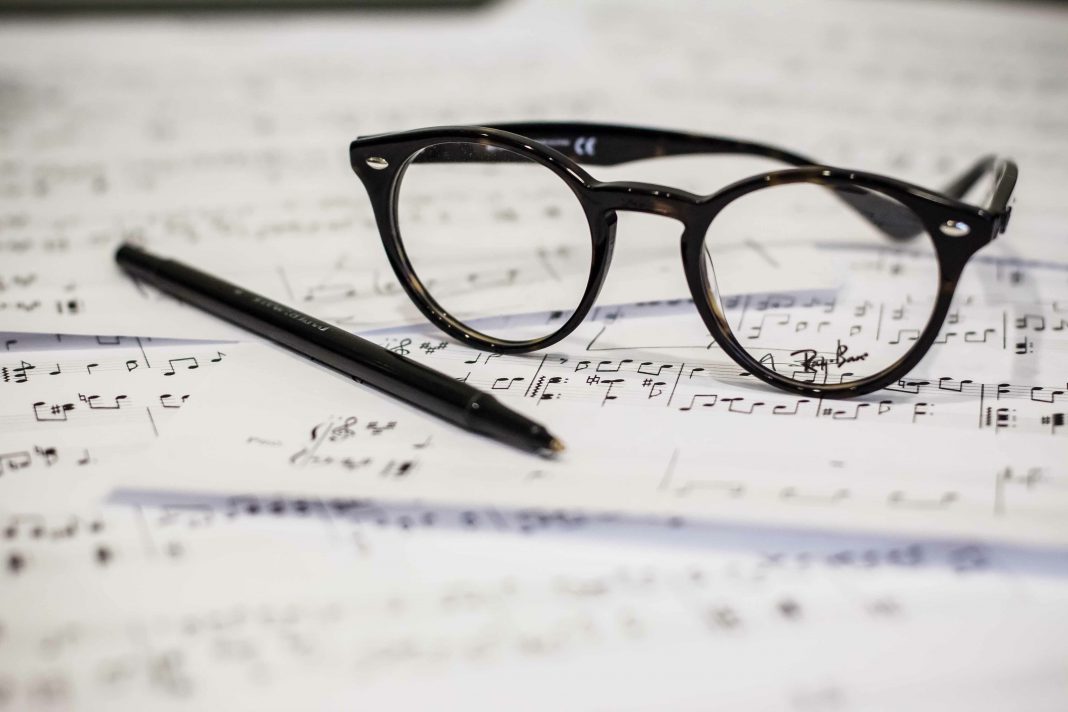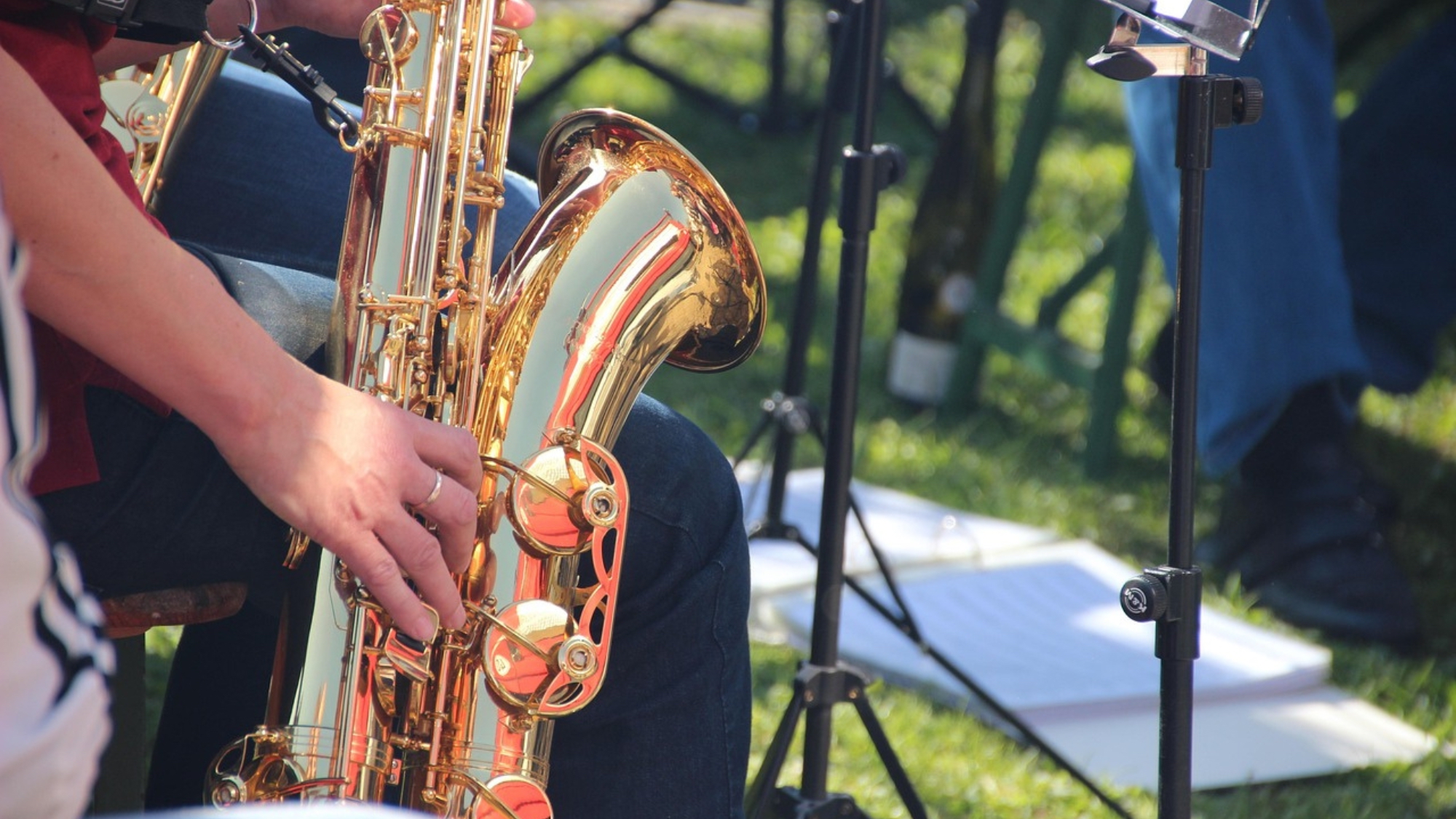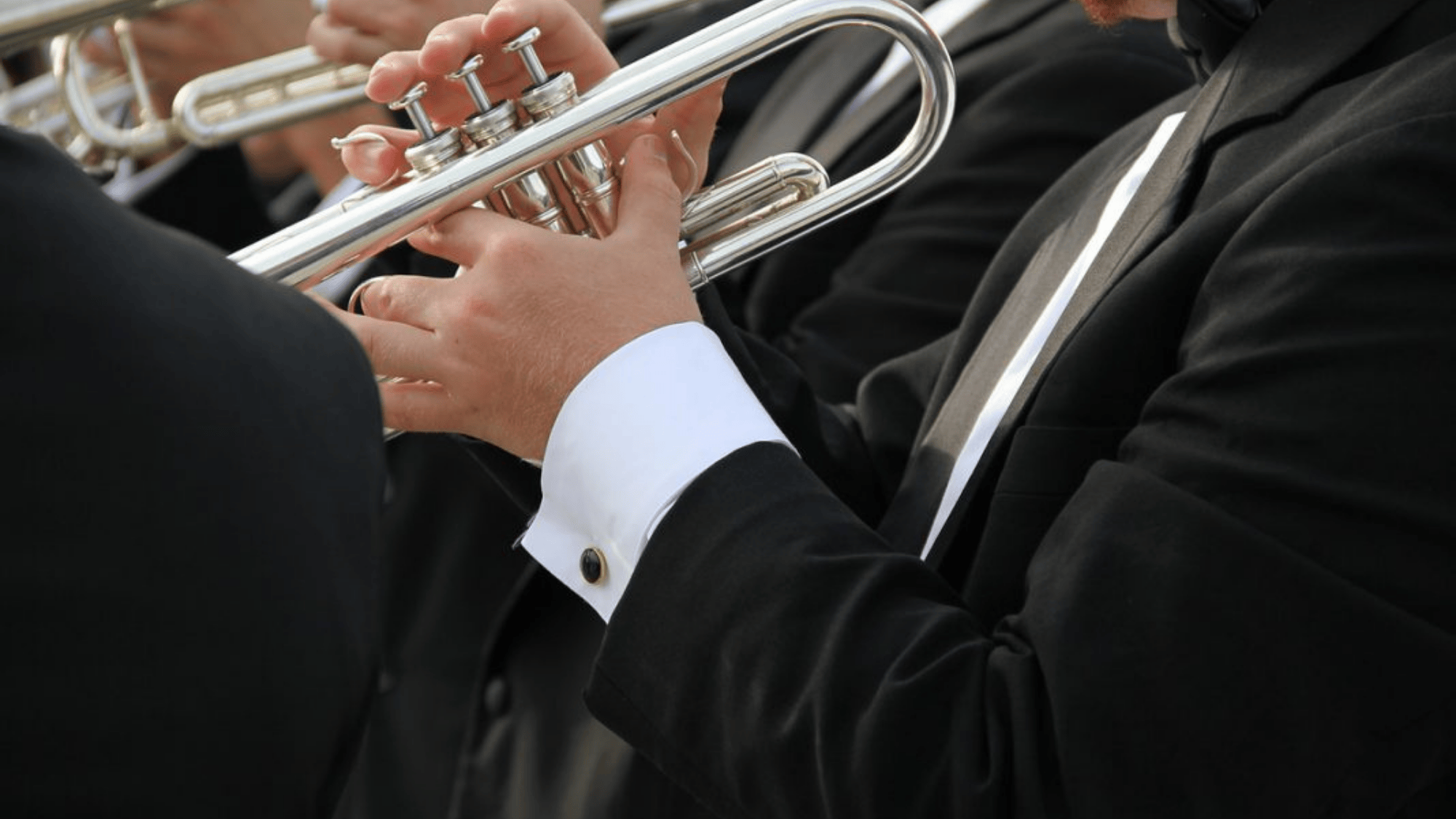Selecting music for teaching instrumental techniques and providing the students with a successful learning experience is even more difficult at this grade level. The first two levels encompass all of the basic learning skills that a student must know in order to have a solid foundation from which he will advance to a higher level. After the student passes this level, he will be expected to perform in a high school setting and know, without question, all of his basic skills.
Emphasis on good tone production, rhythmic reading, and intonation are the three major aspects in this level. If a student can produce a tone of good quality, understand how to count rhythms, and listens carefully for intonation problems, he has the primary bases that will ensure him of being a successful player. When selecting music for this level, examine those pieces that are exciting and challenging rhythmically, and those that emphasize good tone quality (chorales, andante works, etc.). The director should begin to explore intonation and its effects with the student. The first step in dealing with intonation is to teach students to listen and match pitches. The student must be aware of his own pitch, as well as, those around him.
The following outline contains the common music skills that a student is expected to learn in grade level 2 and 2 1/2. There may be some additions or deletions depending on the method book used. In choosing music that provides good teaching concepts, there ideas should be taken into consideration.
Performance Fundamentals
- Keys and Scales (Most Common)-F, B Flat, E Flat, (A Flat), Chromatic (One Octave)
- Articulation
-
- Staccato
- Accent
- Slur
- Note Values and Rests
- Rhythms
-
- Simple Syncopation
- Quarter Note Triplet
- Meters-2/4, 3/4, 4/4, (Simple 6/8,)
- Dynamics-p, mp, mf, f, Including crescendos and diminuendos
- Tempo
-
- Allegro- = 108 – 144
- Andante- = 72 – 96
- Ritardando
- Phrasing-Elementary Techniques: Breathing
- Style
-
- March
- Chorale
- Mixed styles
- Percussion
-
- All Rhythms in Letter C
- All Rolls in duple meter (Slow to moderate tempo)
- Flam
- Teaching common mallet instruments
Selection Considerations
- Scoring
- Independent Contrapuntal Lines-The music should be interesting and provide melodic interest throughout. At this level, independent lines should be present in most sections.
- Mature Band Sound-Avoid Block Band Scoring. Look for works which provide different but interesting color combination of instruments: (For example-clarinet & baritone, sax and Clarinet, flute and sax, etc.).
- Limited Exposed Parts-Avoid exposed playing, especially in the low brass and horns.
- Doubling of Unique Instruments-Parts for the Oboe, Alto Clarinet, Bass Clarinet, Bassoon, Horns, and 3rd Trombone should not be essential to the work, so if they are not present, the piece does not suffer any harmonic loss.
- Short Solos are acceptable in the Flute, Clarinet, Alto Sax, and Trumpet provided they have a good range and are technically not demanding upon the student.
- One or Two Horn Parts-The piece may contain parts for one or two horns and their part may be doubled (most of the time) by another instrument. The rule for this is: If the horns have a melodic part, the part should be doubled with the alto sax; if the horns have a harmonic part, the part should be doubled with trombones or trumpets.
- Range
- Third Clarinet-Since this instrument will probably be your weakest, the range should not extend across the break and should not be technically demanding upon the student.
- Third Trumpet-This instrument should not extend above third space C. In addition to a limited range, it should not have any demanding technical work for the student.
- Third Trombone-Avoid writings that are above B Flat (above staff) and below A (first space). This instrument should also not explore any technical writing.
- Use of Percussion Instruments
- Pitch-Bells, Chimes, Xylophone
- Timpani-Should not be demanding or essential to the piece
- Non-Pitched-will include Woodblock, Triangle, Tambourine, Suspended Cymbal, and Crash Cymbal.
- Special Effects-(Example: Coin Rake on Cymbal. Snare Stick on Cymbal, etc.).
- Musical Forms
- March
- Overture
- Theme and Variation
- Suites-In the author’s opinion, a young band can handle material of two or more movements. This musical form for grade level two is too often overlooked by publishers and directors. If you have works in your library for this grade level, treasure them and play them!!
- Occasional Use of Accidentals-Works with few accidentals are acceptable and provide a good teaching tool for the director to expose students to what accidentals are and how they should be treated.
- Avoid Frequent Key Changes-One key change is acceptable in a work at this level.
- Avoid Frequent Meter Changes-One meter change is acceptable in a work at this level.
- Length of Composition-The work should last somewhere between two and five minutes.
Intangibles
- Music From Other Lands-One of the most important elements in selecting music is to provide the students with a variety of different types of music. Music from other cultures (folk songs, etc.) should be introduced to the students in hopes that it will increase their awareness of the importance of music in other cultures.
- Students’ Reactions-For learning purposes, if the students enjoy what they are playing, the musical experience (for the director and student) will be more successful. Taking suggestions from the students when ordering or selecting music will give them an active role in the music selection process.
- Musical Value-Musical value or musical substance is determined by the structural elements (melody, harmony, rhythm, form) and how well they are unified in the total composition. Is the piece interesting? Does each of these elements contribute to the unity of the piece? Finally, does the piece contain teaching concepts?
- Diagnose and Treat the Problems of your Group. Once you have defined the strengths and weaknesses of your group, selecting music or exercises to correct these weaknesses is the next step. Listed below are the six major problems that a grade level two band may encounter. If your group possesses one or more of these problems, the proper music selection, in some instances, can help overcome the weaknesses.
-
- Tone Quality
- Intonation
- Attacks and Releases
- Rhythmic Counting (Music Reading)
- Articulation
- Blend and Balance
Grade two is the second and last area in which a student has to learn his basic fundamentals. Selecting quality literature for this grade level is a difficult task because there is such a large repertoire to choose from. If the director is familiar with the limitations of his group and knows the teaching concepts they must learn, he will probably not have a difficult time in selecting the correct literature for his band.
Next time: Grade 3 and 3 1/2.






